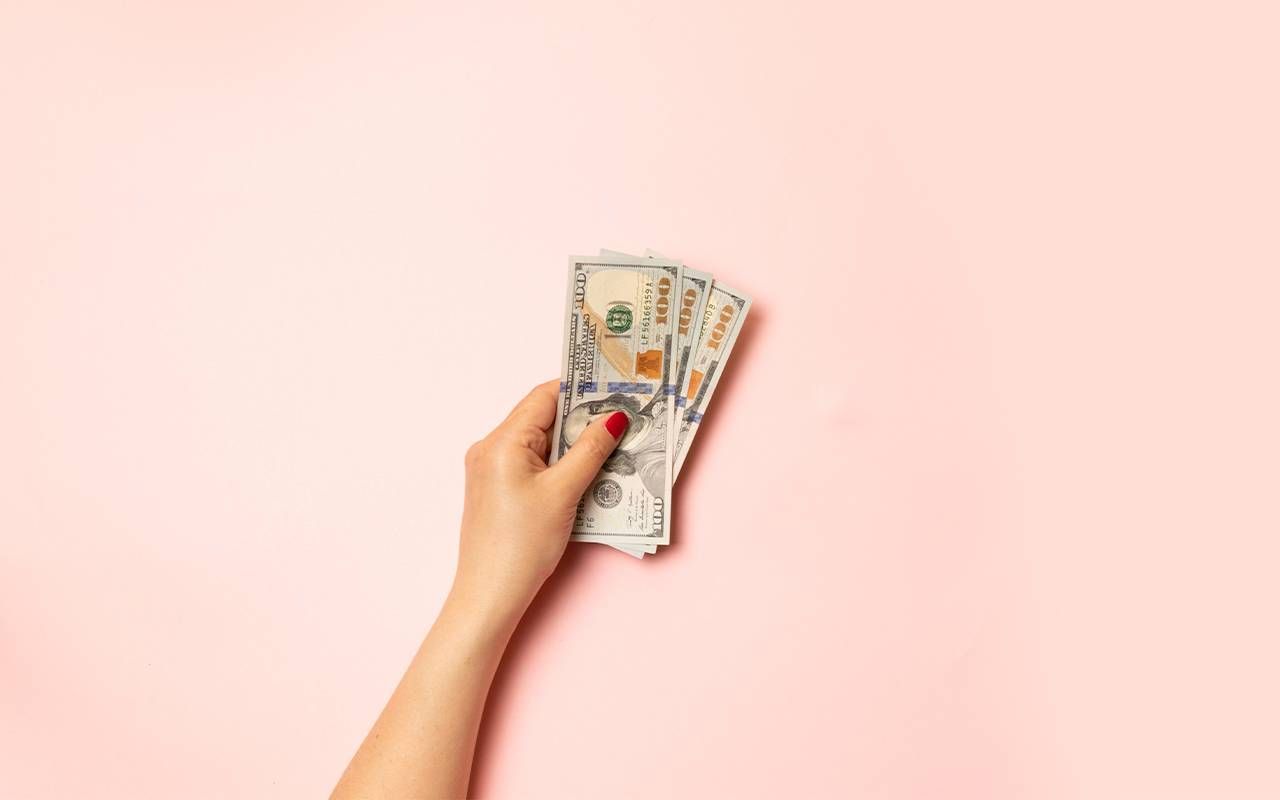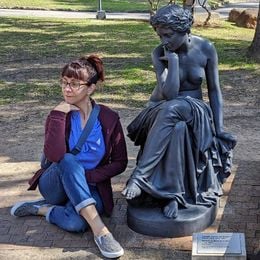Is Menopause Draining Our Wallets?
Costs of menopause management won't decrease until insurance companies and the medical establishment adopt widespread preventive care and treatment options
Elena Frankel could hardly believe the $1,200 in insurance copays that had piled up to treat her most troublesome menopause symptoms: sleep disturbances, weight gain, osteopenia and brain fog.
"I had a very good doctor who helped a ton, but I still had to go to different doctors for some treatments," recalls Frankel, the co-founder of the age-positive beauty brand Flyte.70. "And I had to pay out of pocket for a lot of things."

Few people are talking about the "menopause tax," the overspending on necessary medical services and products geared toward women who are undergoing this natural midlife transition.
The change wasn't just taking a toll on her physical and mental health; it was also a drain on her wallet. In recent years, the "pink tax" — the markup on women's items, such as sanitary products, that typically plague women in their younger years — has made the news. But few people are talking about the "menopause tax," the overspending on necessary medical services and products geared toward women who are undergoing this natural midlife transition.
A recent study conducted by actuarial firm Milliman and commissioned by Gennev, a virtual, physician-led menopause clinic, found that medical costs among females 45 to 54 enrolled in employee-sponsored insurance plans are 47% higher than the total population's. Not all women have employer-subsidized coverage, so the number is probably higher.
But how did we get here? At its root, the U.S. health care system was built by men, for men. The female reproductive system is also more complex, making it easy for the medical establishment to justify the "extras" when it comes to women. According to the Gennev study, menopausal women pay about $1,243 per year for care, compared to $848 for the total population. One cost stands out: ER visits.
The Cost of ER Visits
Jill Angelo, founder and CEO of Gennev, explains, "Often these are related to symptoms where you don't know what's happening." For example, many women mistake heart palpitations associated with a hot flash for a heart attack. With a single ER visit racking up thousands in costs, "That's an $18,000 hot flash," Angelo says.
Dr. Stephanie Faubion, Medical Director of the Menopause Society and Director of the Mayo Clinic Center for Women's Health, notes that many women seek multiple doctors. She says, "A menopausal woman could be having hot flashes. She might see her primary care physician for that. She might have vaginal dryness and see a gynecologist. She might have urinary leakage and see a urologist. She might have mood issues and see a psychiatrist."
But how did we get here? At its root, the U.S. health care system was built by men, for men.
Because even OB-GYNs are rarely given more than a cursory education in menopause — a 2023 study found that only one-third of gynecology programs included it in their curriculum — Faubion says, "No one is looking at the big picture."
Comparable Medications Differ in Price
Prescription medications are another cost driver. According to Dr. Jen Gunter, a Bay Area-based OB-GYN and author of "The Menopause Manifesto," vaginal estrogen, one of the most-prescribed menopause drugs, is "obscenely expensive."
Gunter says, "When you look at the cost of Viagra, it's low, and it should be. Viagra increases blood flow to the penis and helps people have sex. Estrogen treats vaginal dryness, increases blood flow to the vagina and helps people have sex. These are comparable medications."
Yet the price of estrogen has been rising for years. Even generic estradiol cream, for instance, can cost as much as $300 per month. That's a pittance compared to Veozah, a much-anticipated new drug for vasomotor symptoms or hot flashes. It runs $550 for a 30-day supply. A generic is unlikely to be available for at least twelve years.
The lack of care has an indirect cost, as women miss workdays because of their symptoms. Faubion, who led a 2023 study on the topic, found that 13% of women reported adverse work outcomes, and 11% had missed about three days of work in the past year because of their symptoms — to 1.8 billion dollars annually.
"[Menopausal women] are not accepting or applying for a promotion, or they're taking a downward move or retiring early, possibly jeopardizing their financial security."
She explains, "[Menopausal women] are not accepting or applying for a promotion, or they're taking a downward move or retiring early, possibly jeopardizing their financial security. It's a potential cause for the leaky leadership pipeline. This has an impact on the global economy."
Celebrities and the Money Train
As celebrities have begun to share their experiences with the midlife transition, the negative bias surrounding menopause has already started to dissipate. But some stars haven't stopped imparting wisdom; they've also jumped on the monetization train. TV personality Stacy London, one of the first out of the gate to talk openly about her menopause experience, backed the now-defunct skin-care brand State Of. (It closed at the end of 2022.)
Gwyneth Paltrow's controversial shop Goop hawks a one-month supply of supplements that retails for $90. Actor Naomi Watts recently got in on the menopause money game with Stripes, a line that assures "solutions from scalp to vag" — including a $40 lubricant. None of these products are backed by hard science, says Gunter.
"There is not one celebrity-backed product I can think of that is better than something I could find at Walgreens."
She counters, "I like to flip it around and say, 'What would you think if I was going to direct a movie? I've never gone to film school. I've never read anything about directing a movie. Do you think it would be any good?'"
Gunter concludes, "There is not one celebrity-backed product I can think of that is better than something I could find at Walgreens." Those drugstore products are usually half the cost — just one way women can save money. They can also use resources such as the Menopause Society and Gennev to find providers with expertise in menopause care and reduce the number of specialist visits.
For prescriptions, Gunter points to Cost Plus Drug Company, founded by investor Mark Cuban. The online store, created for people without insurance or with high-deductible plans, sells brand-name and generic pharmaceuticals at a fraction of the price that pharmacies and insurance plans charge. For example, a tube of estradiol cream sells for just $22.50 on Cost Plus.
Ultimately, the cost of menopause management won't decrease until the medical establishment and insurance companies get on board with widespread preventive care and treatment options.
Angelo says, "If menopause care were more pervasive and known, something every woman does at some point in her life, like a mammogram or a colonoscopy, we would be treating things like weight gain, sleep disturbance, anxiety and depression at their onset. This would be less taxing on the health system, rather than treating isolated symptoms that can spiral into more serious issues."


